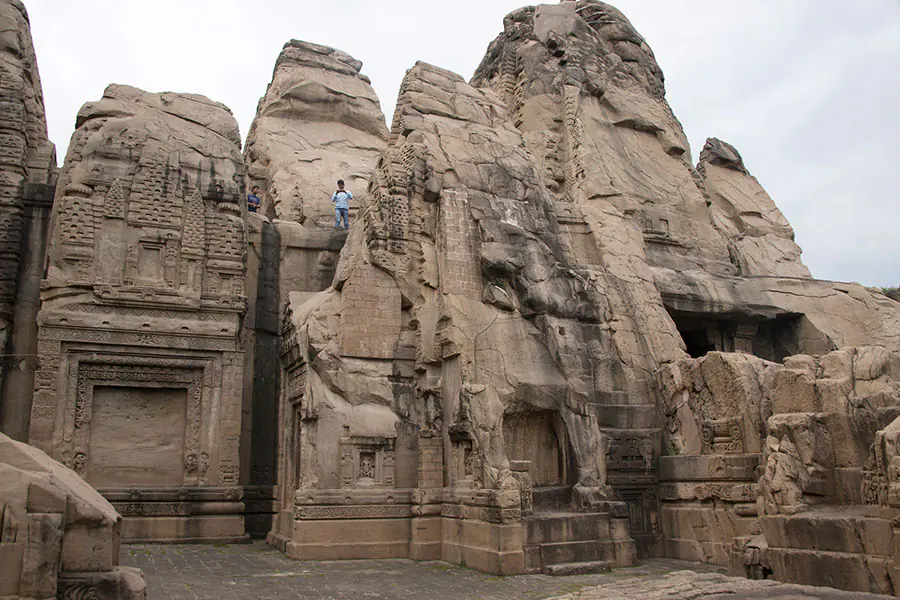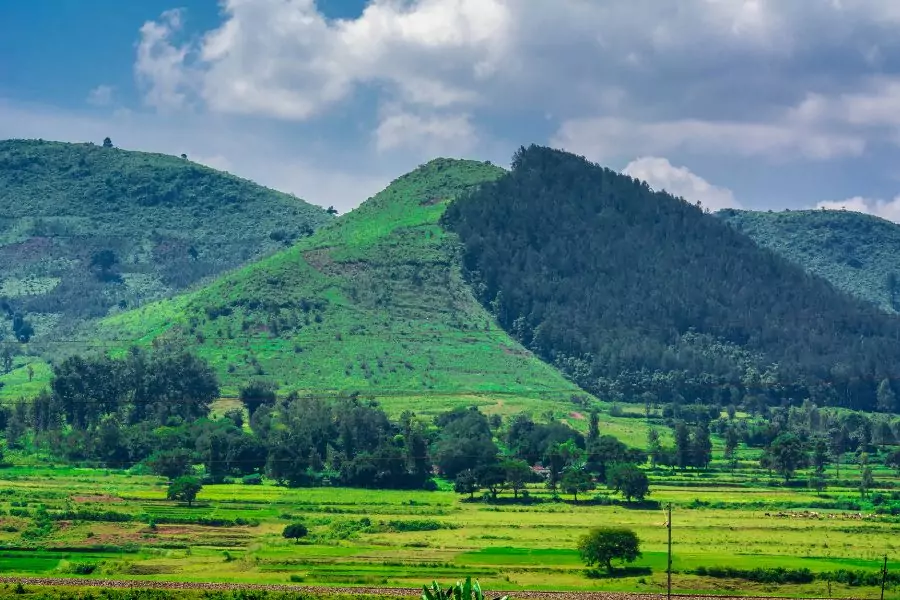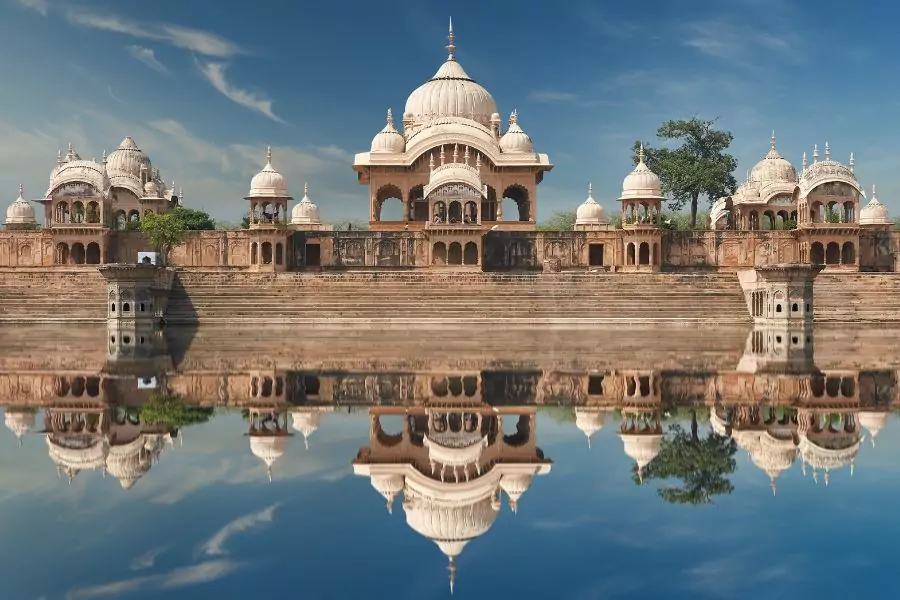Kangra Fort – History, Attractions, Tips for Travelers, How to Reach

Nestled in the scenic landscapes of Himachal Pradesh, Kangra Fort stands tall as a testament to India’s rich historical heritage. Located just 20 kilometers from Dharamshala, this ancient fort, one of the oldest in India, dates back over a thousand years. With its strategic location, fascinating history, and stunning architecture, Kangra Fort attracts history enthusiasts and travelers alike.
Historical Significance of Kangra Fort
Origins and Early History
Kangra Fort, also known as Nagarkot or Kot Kangra, was built by the royal family of the Katoch dynasty, one of the world’s oldest surviving dynasties. The fort’s history stretches back to the 4th century BCE, though some legends suggest it could be even older. Over the centuries, Kangra Fort witnessed numerous battles, invasions, and sieges, making it a site of immense historical importance.
Mughal Invasion and Ranjit Singh’s Rule
The capture of Kangra Fort by the Mughal Emperor Akbar in 1620 marked one of the most significant events in its history. The fort’s strategic location and immense wealth, particularly the treasures stored in the temple of Vajreshwari, made it a coveted prize for many invaders. Later, in 1809, Maharaja Ranjit Singh, the powerful ruler of the Sikh Empire, took control of the fort. Ranjit Singh’s reign brought a period of relative peace to the region, and he further strengthened and maintained the fort.
British Era and the Earthquake of 1905
During the British colonial period, Kangra Fort became a site of interest due to its historical significance and strategic importance. However, the devastating earthquake of 1905 severely damaged the fort, leading to its abandonment. Despite this damage, the fort’s ruins still stand as a reminder of its glorious past, drawing visitors from all over the world.
Architectural Marvels

The Fort’s Layout and Structure
Kangra Fort is a massive structure, sprawling over an area of about 4 kilometers on a steep hill overlooking the confluence of the Banganga and Manjhi rivers. The fort’s architecture combines Rajput and Mughal styles, characterized by its imposing gates, towering walls, and intricate carvings. A narrow, steep path leads to the fort’s entrance, guiding visitors through a series of gates that protect the inner sanctums.
The Darwazas (Gates)
Kangra Fort is known for its impressive gates, each with a unique design and historical significance. The primary gates include:
- Ranjit Singh Gate: Named after Maharaja Ranjit Singh, this gate marks the main entrance to the fort. Intricate carvings adorn this gate, serving as a reminder of the Sikh ruler’s influence over the region.
- Jahangiri Darwaza: Built during the Mughal era, this gate is named after Emperor Jahangir. It showcases the typical Mughal architectural style with its arched design and decorative elements.
- Ahani and Amiri Darwazas: These twin gates are notable for their architectural beauty and the strategic purpose they served in defending the fort.
Temples and Shrines within the Fort
Kangra Fort houses several ancient temples and shrines, reflecting the site’s religious significance. The most famous among them is the Vajreshwari Temple, dedicated to the goddess Vajreshwari (also known as Kangra Devi). This temple was once a major center of wealth and attracted devotees from far and wide. Other notable temples include the Ambika Temple and the Lakshmi Narayan Temple, both featuring intricate stone carvings and sculptures.
Exploring Kangra Fort Today
The Museum at Kangra Fort

Visitors can explore the small yet informative museum located within the fort premises. The museum houses a collection of artifacts, sculptures, and historical documents that provide insights into the fort’s history and the Katoch dynasty. It also showcases the region’s rich cultural heritage, adding value to the fort visit.
Panoramic Views and Photography
One of the highlights of visiting Kangra Fort is the breathtaking panoramic views it offers. The fort’s elevated position provides stunning vistas of the surrounding valleys, rivers, and distant mountains. For photography enthusiasts, Kangra Fort is a paradise, offering endless opportunities to capture the beauty of the landscape and the grandeur of the fort’s architecture.
Best Time to Visit Kangra Fort
The best time to visit Kangra Fort is during the cooler months from October to March when the weather is pleasant and ideal for exploring the fort and its surroundings. Avoid visiting during the monsoon season, from July to September, as heavy rainfall can make the fort’s paths slippery and difficult to navigate.
Tips for Travelers
- Wear Comfortable Footwear: Exploring the fort involves a lot of walking, including climbing steep paths and stairs. Comfortable shoes are a must.
- Carry Water and Snacks: Facilities within the fort are limited, so it’s advisable to carry water and some light snacks.
- Respect the Heritage: Kangra Fort is a protected historical site. Visitors should respect the rules, avoid littering, and refrain from causing any damage to the structures.
Nearby Attractions
Masroor Rock Cut Temple

Located about 40 kilometers from The Fort, the Masroor Rock Cut Temple is an architectural marvel and a must-visit for history lovers. This temple complex, carved out of a single rock, dates back to the 8th century and is often compared to the famous Ellora Caves.
Dharamshala and McLeod Ganj

Just a short drive from Kangra Fort, Dharamshala and McLeod Ganj are popular tourist destinations known for their scenic beauty, Tibetan culture, and spiritual significance. Visitors can explore the Dalai Lama’s residence, Tibetan monasteries, and vibrant local markets.
Conclusion
Kangra Fort stands as more than just an ancient structure; it is a living monument that tells the story of India’s rich and diverse history. Whether you are a history buff, an architecture enthusiast, or simply a traveler seeking to explore the lesser-known gems of India, Kangra Fort offers an experience that is both educational and awe-inspiring. So, the next time you find yourself in Himachal Pradesh, make sure to carve out some time to visit this magnificent fort and immerse yourself in its timeless beauty.
FAQs
1. What is the best time to visit ?
The best time to visit Kangra Fort is from October to March when the weather is cool and pleasant, ideal for exploring the fort.
2. How do I reach?
Kangra Fort is located about 20 kilometers from Dharamshala. You can reach the fort by road via private car, taxi, or local bus services.
3. Are there any entry fees for visiting?
Yes, there is a nominal entry fee for visiting Kangra Fort. The fee may vary for Indian citizens and foreign tourists.
4. Is there a guide available at The Fort?
Yes, guided tours are available at Kangra Fort, and it is recommended to hire a guide to get a deeper understanding of the fort’s history and significance.
5. What are the nearby attractions?
Nearby attractions include the Masroor Rock Cut Temple, Dharamshala, and McLeod Ganj, all of which are worth visiting during your trip to the region.


